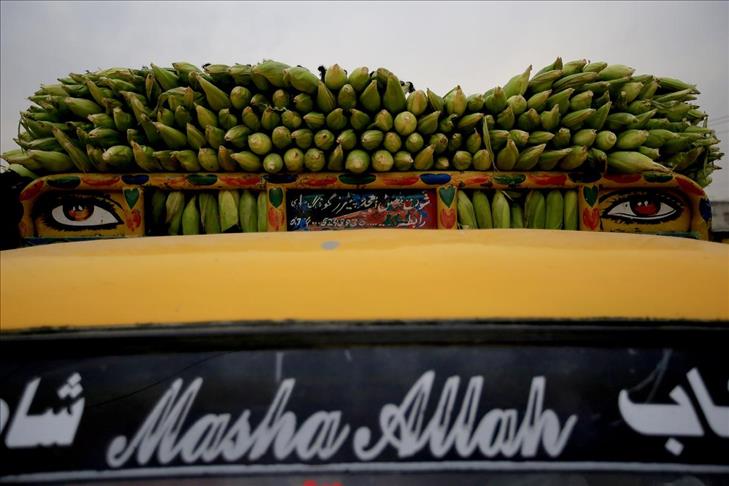
By Abebech Hailekal
ADDIS ABABA, Ethiopia
Alganesh Alemayehu and Amina Kedir sit on the streets of Addis Ababa fanning small charcoal furnaces on which they grill cobs of corn that they sell to hungry passersby.
They keep their furnaces stoked throughout Ethiopia’s rainy season – which usually lasts through June, July and August – when corn vendors, like themselves, become a common sight on the streets of the nation’s cities.
As Ethiopia depends largely on rain-fed agriculture, fresh corn – like cabbage and potatoes – is available only during the rainy season.
According to Solomon Tessema of Addis Ababa University, the arrival of fresh corn to the city each year is traditionally seen as a harbinger of good harvests to come.
“Fresh corn and other freshly gleaned edibles symbolize peace and good luck for the Ethiopian New Year, which begins in September,” he explained. “We love to share the season’s crop yields, which are praised in our traditional songs.”
Ethiopia, which produces an abundance of non-genetically-modified white corn, is Africa’s fifth largest corn producer.
According to Kebede Lakew, an official at Ethiopia’s Agriculture Ministry, the country produces more than 4.4 million quintals of the commodity each year.
Of Ethiopia’s total corn production, 76 percent goes toward local consumption, while 10 percent is sold to buyers overseas, according to official figures. The remainder is used largely for animal feed.
- Source of employment
The high demand for the staple commodity during the rainy season allows many Ethiopians – who might not otherwise find employment – eke out a living.
“During the rainy season, there’s a huge demand for fresh corn in Addis Ababa,” said corn trader Kefele Bereka. “I buy it from farmers and sell it to retailers, who then sell it cooked or raw.”
Alganesh supports herself and her four children by selling cooked and raw corn during the rainy season.
“It’s a once-a-year business,” she said. “During the dry season, I have to get by selling green grass and roasted barley.”
Amina, for her part, points out that her customers generally include both rich and poor.
“People from all walks of life buy roasted or boiled corn; others buy raw corn and cook it at home,” she said.
Some corn sellers, however, complain of rising seasonal prices for charcoal, which is typically used to roast the corn. Charcoal prices are known to increase in the rainy season, as it is used not only for cooking, but also to keep homes warm.
“The corn selling business is good, but the cost of charcoal goes up each year,” said Amina. “The price of 25 kilograms of charcoal has just hit $8.50, up from $7.50 during the dry season.”
Anadolu Agency website contains only a portion of the news stories offered to subscribers in the AA News Broadcasting System (HAS), and in summarized form. Please contact us for subscription options.

